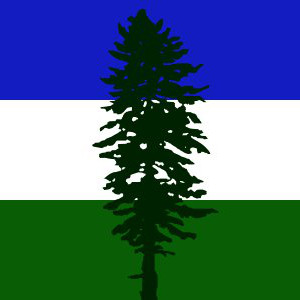A frog is a wee beast with four legs which lives both in water and on land. He is brown, green, or yellow, or if he is tropical, he may be diverse colors. He has lungs and gills both. He haches from an egg and he then is a tadpole. He grows to be a frog if he is not eaten.
It makes more sense if you understand that the “thorn” (Þ) is pronounced “th”.
Interestingly, the thorn was in pretty common use until the printing press took off because most of the presses in England were imported from France and Germany, neither of which used the thorn so their typefaces didn’t include one. For a while people used ‘y’ in place of the thorn (hence “ye olde”), but eventually it fell out of use all together
I heard that y and th competed and th won in the end.
@RegalPotoo
(My understanding)
The thorn evolved as a pseudo glyph first, have you ever written a “th” really fast? Once the printing press was invented and widespread, it became less common for “th” to look like a thorn and it slowly fell out of use altogether
That’s wrong. Thorn was a runic letter before the Latin alphabet arrived in great Britain. Since the latter didn’t have a letter for this sound, they used it from the older script. “þ” writing fast looks like “y” which is why that letter was used in print. Words For Granted as a podcast episode about lost letters of the English alphabet, including þorn.
I thought this was a really secluded and niche Scots dialect before realising it was just old english.
ġīese, is eald Englisc; ac nis Eald Englisċ; hwæt ic cweþe hát Eald Englisċ.
Sé mema is on Middelenglisċ.
you NEED to hear the voice actor reading this
https://youtu.be/HguKPVgIZL8Little bit of a shame that he reads the thorn as b :-(
Otherwise pretty funny
If anyone is having trouble reading this, it might help to know that “þ” is the same as “th”. That’s more widely known than it used to be, but it’s still pretty niche.
adding onto this, that weird f looking letter in “beeſt” is actually a long S. So it’s read as “beest”

Read this in Swedish Chef’s voice.
This is like Frisian and English mixed together. As a Dutch man I could stil read this. Except had to figure out that ſ is an s
Fun Fact: Old English and Old Frisian are closely related.
This is probably Middle English. Old English is harder to read https://ang.wikipedia.org/wiki/Frogga
it really just looks like someone who speaks english, german, and swedish got a severe head injury
Lots of head injuries going around back then
as evidenced by the existence of france



